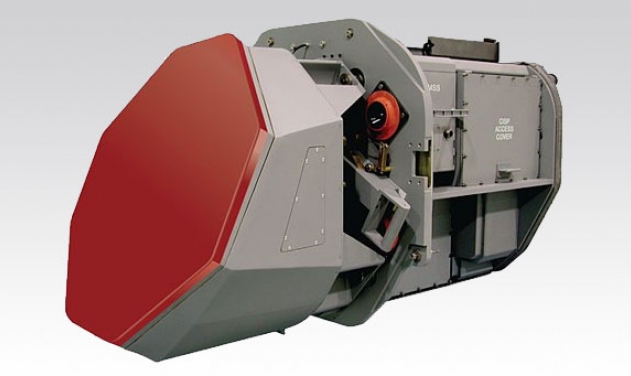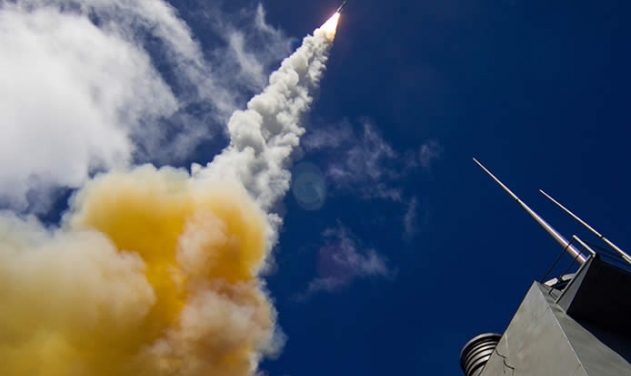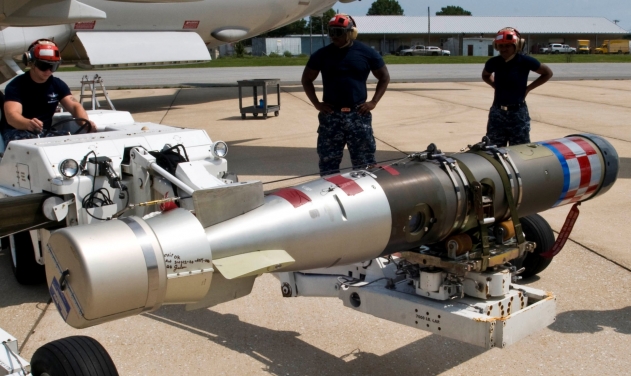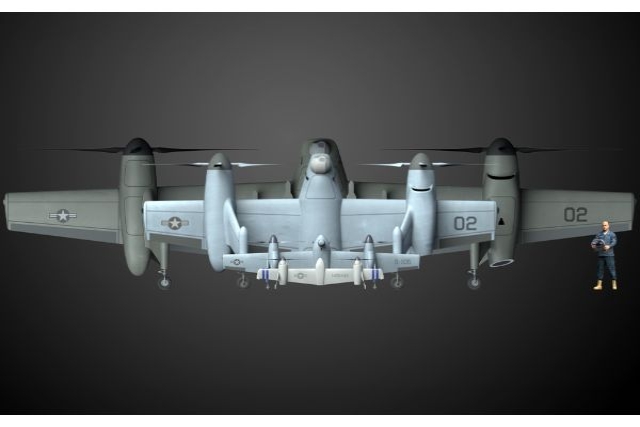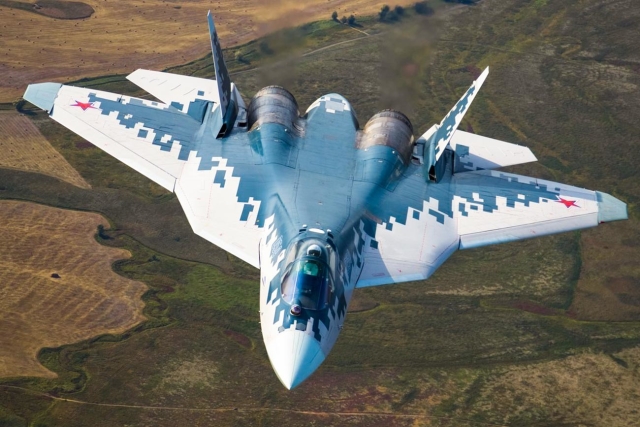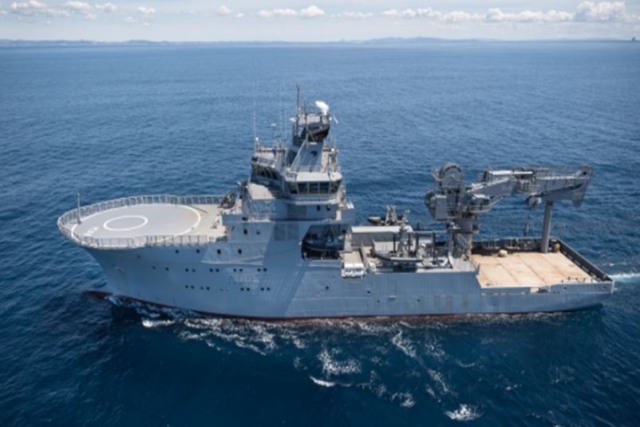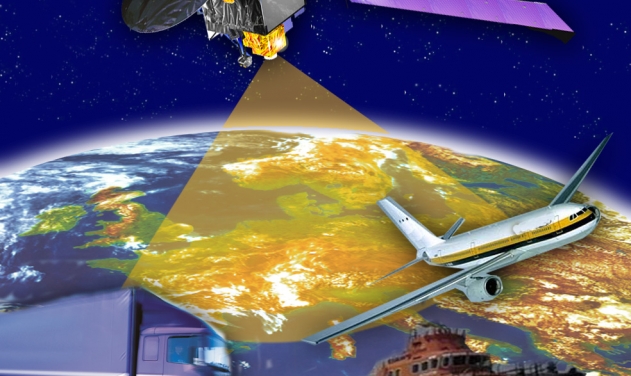Raytheon Partners With Logos For Advanced Multi-Intelligence Sensors

Raytheon is partnering with Logos Technologies for delivering advanced multi-intelligence, or multi-INT, sensor systems to address challenging intelligence, surveillance and reconnaissance (ISR) requirements.
The new sensor system will allow military ISR operators to use multi-sensor data to detect, recognize and identify hard-to-find targets across wide areas and in near-real time without extensive post-mission processing.
Raytheon's high-definition Multi-Spectral Targeting System (MTS) and Logos' wide-area motion imagery (WAMI) technology will be integrated into a modular, lightweight sensor system suitable for a wide range of platforms.
This new multi-INT sensor system will support multiple sensor types, depending on customer size and weight requirements, including WAMI, multispectral full-motion video or FMV, hyper spectral imaging, light detection and ranging, and signals intelligence, Raytheon announced Wednesday.
When operated in collaboration with Multi-Spectral Targeting System, the wide-area motion imagery sensor can detect, track and cross-cue multiple vehicles and dismounts moving over an entire city-sized area providing elements of situational awareness for the combined Raytheon/Logos multi-INT system.
"Combining high-resolution FMV, wide-area motion ISR and other sensor modalities delivers an advantage in real-time processing and data exploitation," said Fred Darlington, vice president of Intelligence, Surveillance and Reconnaissance Systems at Raytheon's Space and Airborne Systems.
First used by U.S. Armed Forces in Iraq and Afghanistan, WAMI technology was recently deployed to help protect crowds at the 2016 Summer Olympics. "WAMI provides the ability to monitor an entire city-sized area at once," said John Marion, president of Logos Technologies.
"You can track—from the air and in near-real time—multiple suspects scattering in different directions and see where they're going, who they meet up with and where they've been."
Because multi-INT means more combined intelligence data, it increases confidence of target detection and real-time, actionable battlespace awareness.
Multi-INT technology, built on an open, scalable framework, can be deployed on existing platforms or positioned for next-generation platforms.
